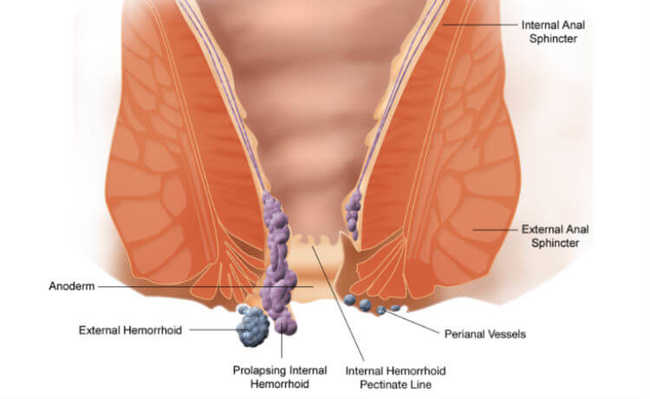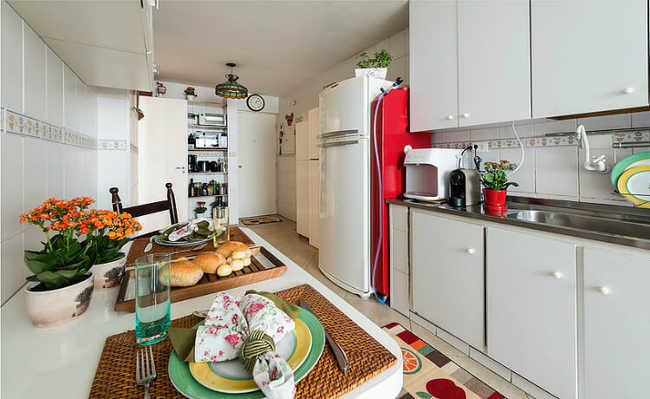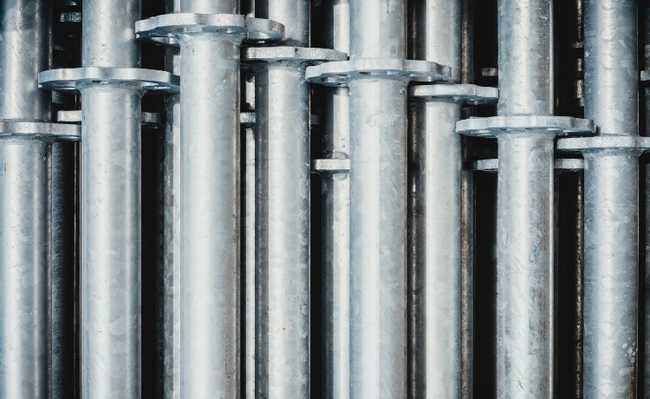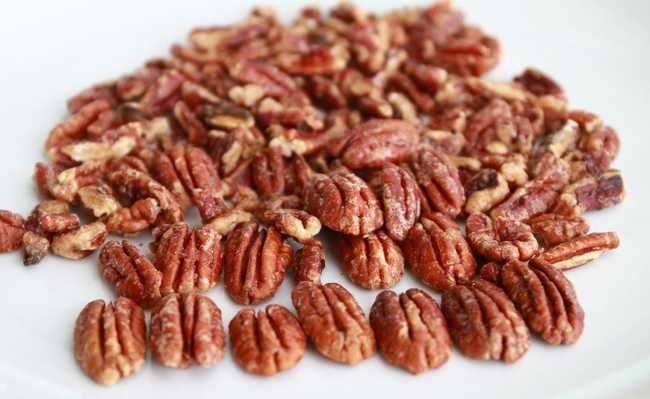Hemorrhoids: what is it, causes, symptoms and how to treat
Understand what hemorrhoids are and find out what their causes and symptoms are

Hemorrhoids. WikipedianProlific image under CC BY 3.0
Hemorrhoids are swollen and inflamed veins in the rectum and anus area that cause pain and bleeding. Hemorrhoids can be external, when it is easily identified around the anus, or internal, when it is hidden inside the rectum and there are not always symptoms. Internal hemorrhoids can only be identified when there is blood in the stool. Other symptoms of hemorrhoids are pain when evacuating, anal pain (especially when sitting) and swelling around the anus. If you suspect you have hemorrhoids, see a doctor or doctor to get an accurate diagnosis.
Although the word hemorrhoids is used a lot, hemorrhoidal disease is the correct term to refer to the disease. Hemorrhoids is the name given to the set of veins and arteries that are located in the anal canal. All individuals have hemorrhoidal veins and hemorrhoidal arteries. However, even doctors do not usually make this kind of distinction and end up treating the terms hemorrhoidal disease and hemorrhoids as synonyms.
Types of hemorrhoids
Hemorrhoids can be divided into internal or external. However, there is a more complete classification regarding the degrees of hemorrhoids:
- Grade I: No prolapse, that is, do not externalize;
- Grade II: There is exteriorization, but there is a spontaneous return of the hemorrhoid;
- Grade III: There is externalization and manual assistance is required to return to normal;
- Grade IV: There is exteriorization and hemorrhoids do not return to normal even with manual assistance.
What causes hemorrhoids?
Hemorrhoids result from increased pressure in the hemorrhoidal veins or weakness in the tissues of the anus wall and are very common, especially during pregnancy and after childbirth. Pressure causes the veins to swell, making them painful, especially when you are sitting.
There is no exact reason for the appearance of hemorrhoids. They can arise due to several factors, such as sedentary life, stress, poor diet, smoking, obesity, pregnancy, holding stools instead of bowel movements, chronic diarrhea, family history and even sitting on the toilet for a long time without having a bowel movement. All of these are factors that can lead to inflammation in the rectum and anus, causing more or less severe hemorrhoids. Anal sex can also be a risk facilitator.
hemorrhoid symptoms
Symptoms of hemorrhoids vary according to their location. Internal hemorrhoids tend to be less symptomatic and the only sign indicative of their existence is usually the presence of blood around the stool when evacuating. But it can happen that the swollen veins protrude outside the anus. In this case, they can be quite painful and show other signs.
The most common symptoms of hemorrhoids are:
- Anal itching;
- Anal pain, especially while sitting;
- Bright red blood on toilet paper, stool or toilet;
- Pain when evacuating;
- One or more tender, hardened nodules near the anus;
- Swelling around the anus.
How to prevent hemorrhoids?
Some measures that can prevent hemorrhoids are:
- Have a healthy diet rich in fiber (fruits, vegetables, grains, nuts and nuts);
- Drink plenty of water to lessen constipation;
- Avoid holding back the urge to evacuate;
- Exercise regularly to avoid sedentary lifestyle and obesity;
- Do not smoke.
How to treat hemorrhoids?
Hemorrhoids can usually be treated with natural remedies such as flaxseed, horsetail infusion or sitz baths, but in more severe cases surgery, injections or other medical procedures may be required.
Horse chestnut, aloe, witch hazel ointment and blueberry are the most suitable natural substances for sitz baths.
Are you suspected of having hemorrhoids? So, contact a doctor or doctor you trust to make the diagnosis and find the best treatment for your case.










